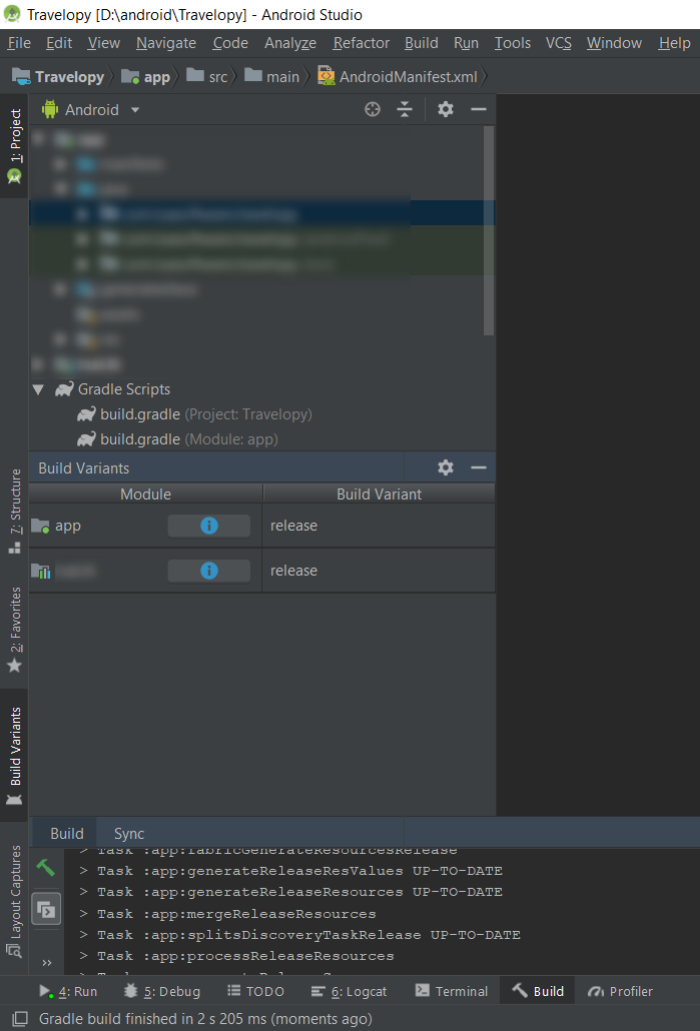

ResValue 'string', 'app_label', '"Staging version"' ResValue 'string', 'app_label', '"Prod version"' Or you can use the "Different sources" approach for having different XML resource files. Different resources: Quickly define resources in case you just need a different value.Useful for distinguishing which version is installed. Different names: Application ids are not visible in recent Android versions.Different application ids: Useful for having both the prod and debug versions of your app installed at the same time.If only one flavor dimension exists, all flavors will be assigned to that dimension.

Note that each Product flavor you define must belong to a named Flavor dimension (i.e. Most of the options can be applied to both of them. Things you can doīuild types and Product flavors are defined in the module Gradle files ( adle (app)). Release type appears and includes options for minification and ProGuarding. You can add it to the Gradle file if you want to customize more things. You probably noticed them while exporting a signed APK/AAB you have to choose one.ĭebug type does not appear in adle (app) but it's implied and comes with the debuggable true option. When you create a new project in Android Studio it comes with 2 build types: Debug and Release. all the combinations between them) are the build variants. The cartesian product of build types and product flavors (i.e.Product flavors are another way to create different configurations, but the expectation here is that the result will refer to a different app (e.g.debug and release build types: it's the same app but with some debug options enabled, different signing keys, etc). The expectation is to build types to refer to the same app (e.g. Build type is the basic building block for having different configurations when building an Android app.Some lingo first, because all these terms are used in Android Studio and Gradle without much explanation. Some sample use-cases include having a separate build for non-production and production environments, white-labeling for different clients, or hiding sensitive data when open-sourcing.īut what's the easiest way to accomplish this, without changing values manually for each of the above cases? Build types, product flavors, build variants Slightly changing an Android app depending on various configurations is quite a common scenario.


 0 kommentar(er)
0 kommentar(er)
